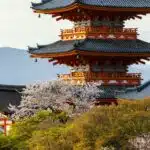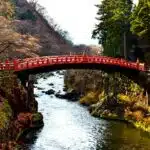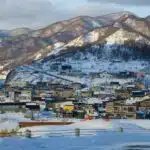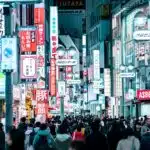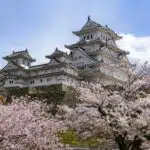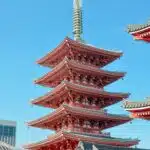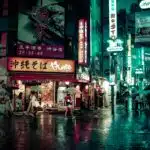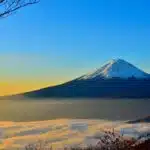Kanazawa is a historic city in Ishikawa Prefecture, known for its beautifully preserved Edo-period architecture, lush gardens, and rich cultural heritage. Often called “Little Kyoto,” it offers a blend of traditional and modern attractions without the large crowds.
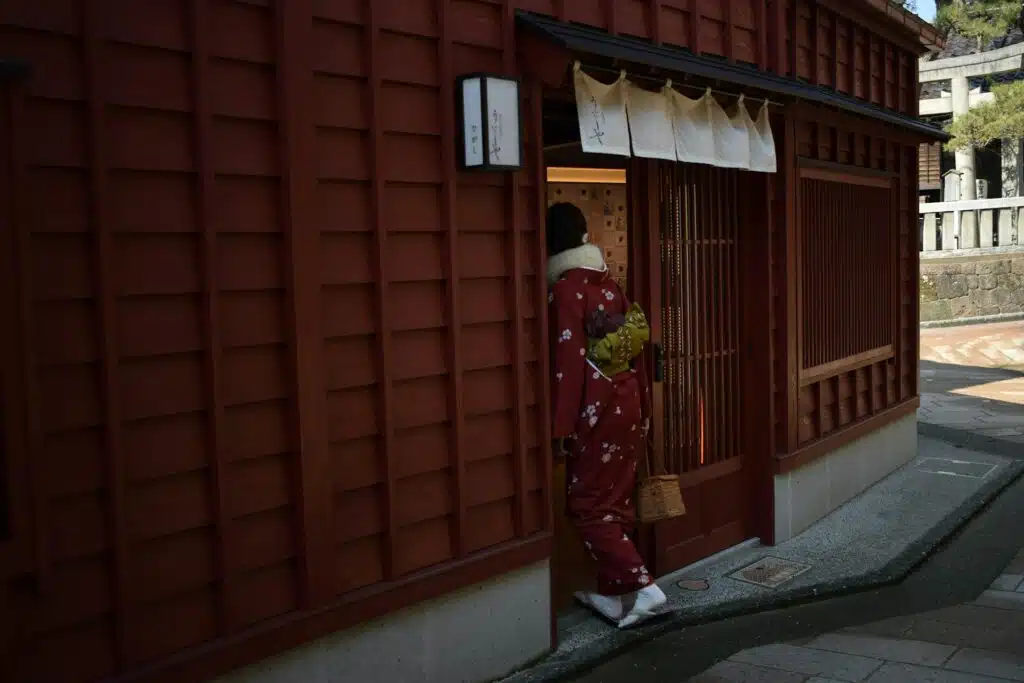
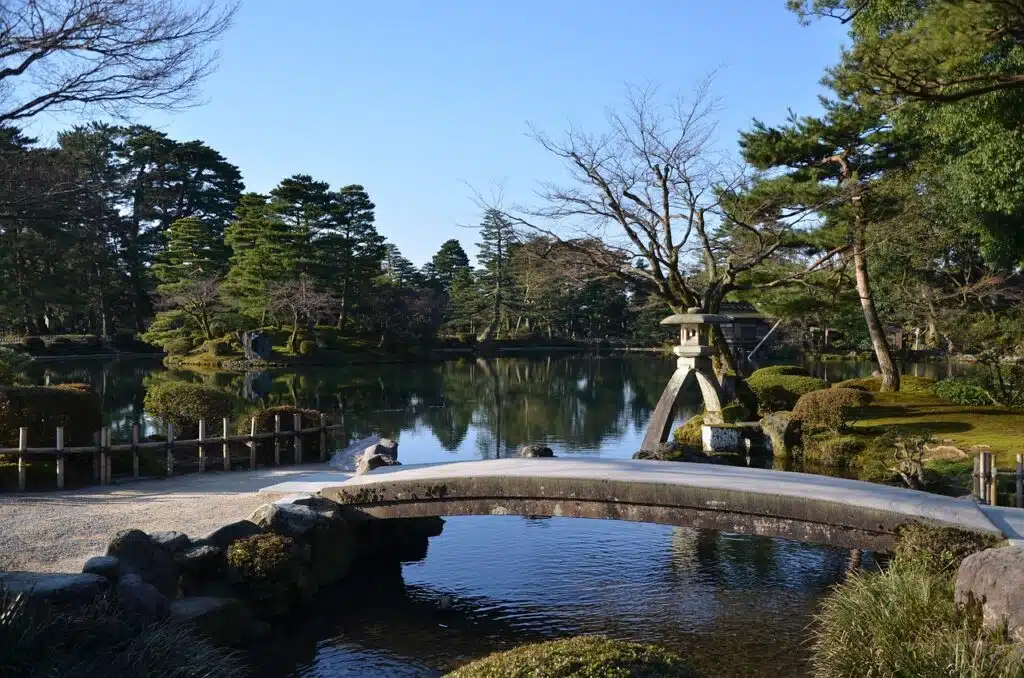
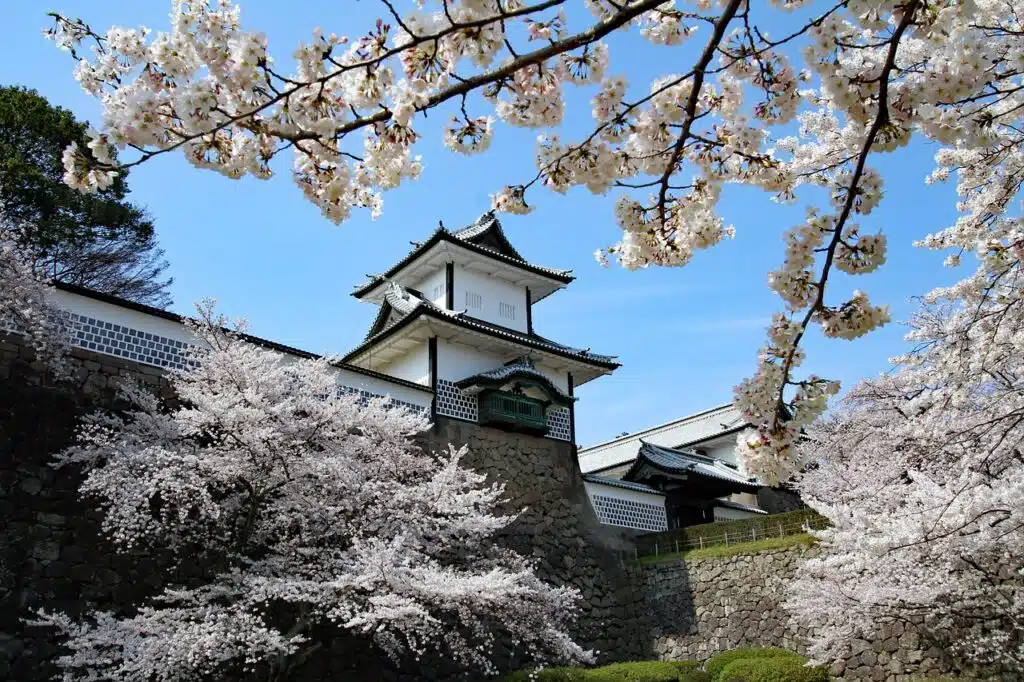
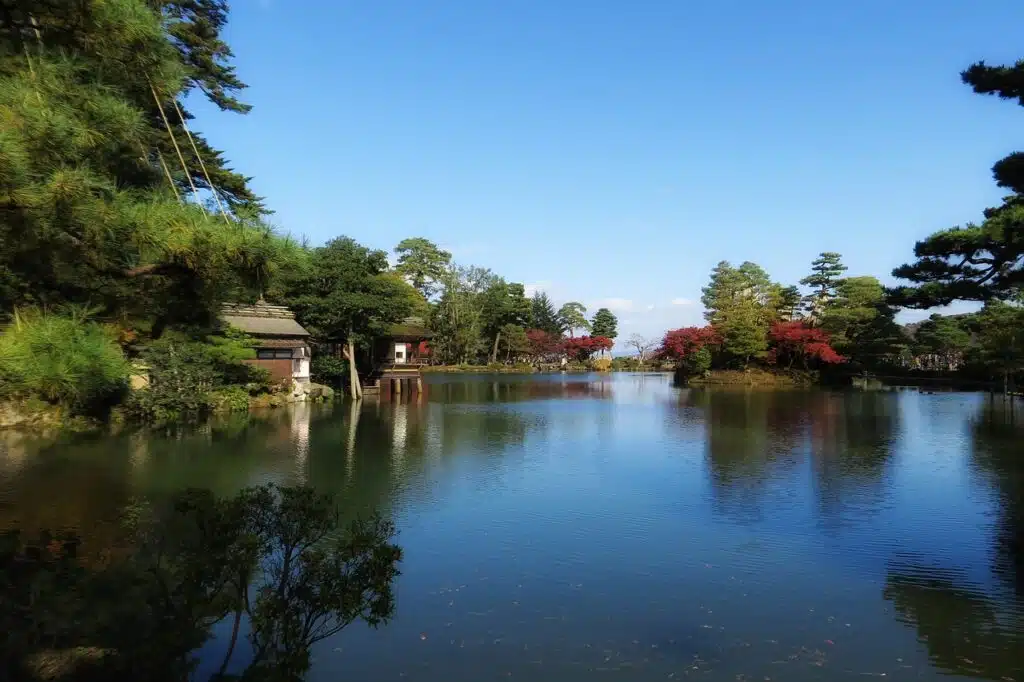
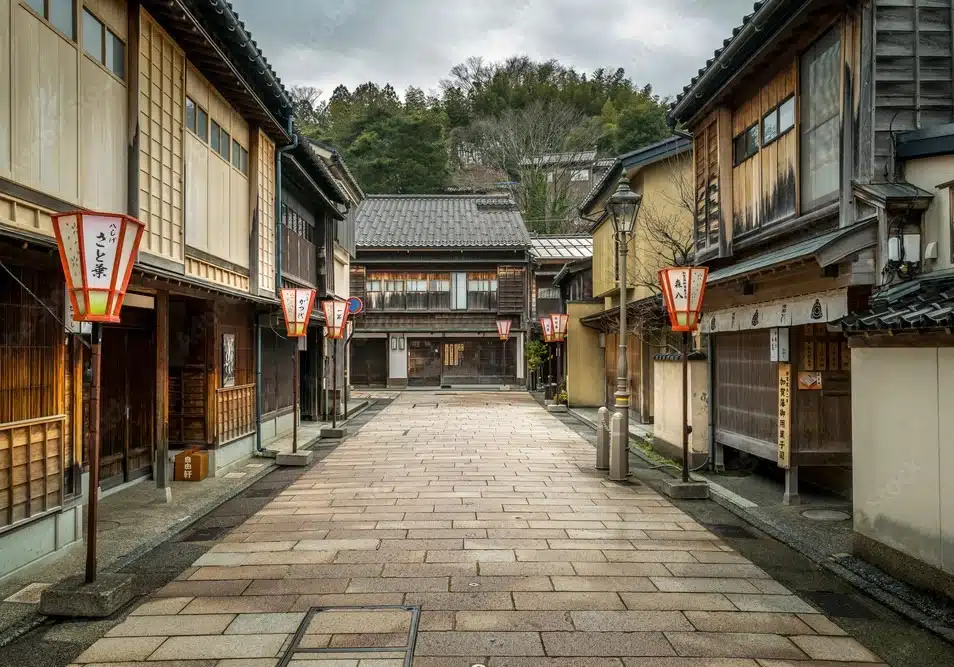
What to See in Kanazawa
- Kenrokuen Garden: One of Japan’s most famous and beautiful gardens, Kenrokuen is a sprawling landscape featuring ponds, bridges, teahouses, and seasonal flowers. It’s stunning year-round, with cherry blossoms in spring and vibrant autumn foliage.
- Kanazawa Castle: Located adjacent to Kenrokuen Garden, Kanazawa Castle showcases impressive stone walls, turrets, and expansive grounds. Though much of the original structure was destroyed, the reconstructed castle offers insights into samurai history.
- Higashi Chaya District: This well-preserved geisha district features traditional teahouses, narrow streets, and historic wooden buildings. It’s a great place to explore Kanazawa’s cultural past, and you might even catch a glimpse of a geisha.
- Nagamachi Samurai District: Wander through this atmospheric district where samurai families once lived. The narrow, cobbled streets and earthen walls give a glimpse into the life of Edo-period warriors.
- 21st Century Museum of Contemporary Art: A contrast to the city’s historical attractions, this modern art museum features cutting-edge exhibits and installations. It’s particularly famous for Leandro Erlich’s “Swimming Pool” exhibit.
- Omicho Market: Known as the “Kitchen of Kanazawa,” Omicho Market offers fresh seafood, local produce, and delicious street food. It’s an excellent place to sample Kanazawa’s famous seafood, including snow crab and sushi.
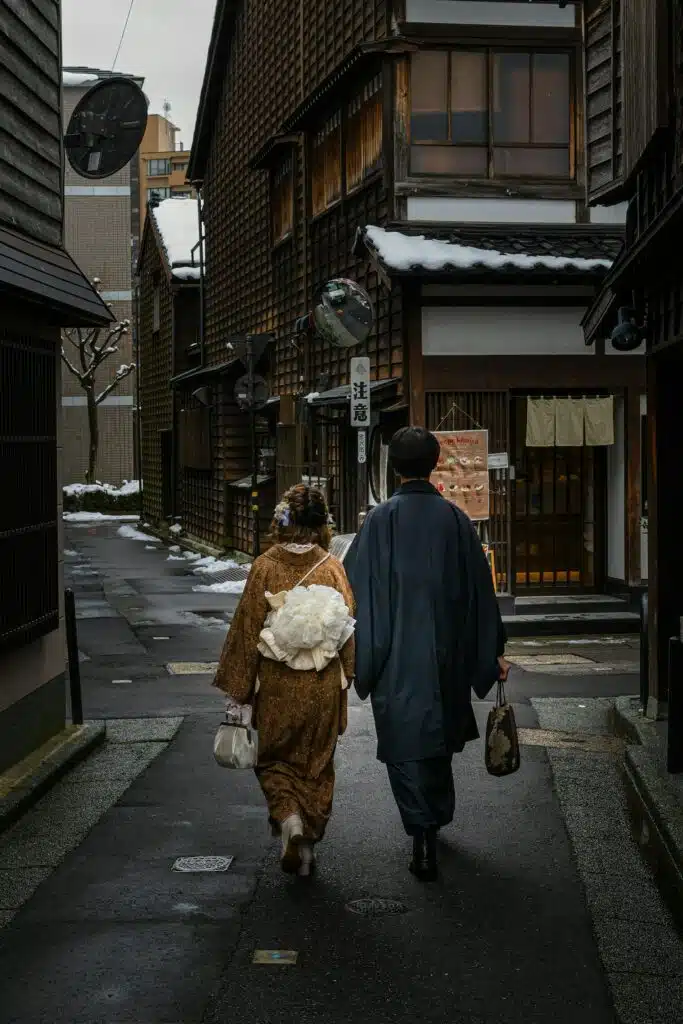
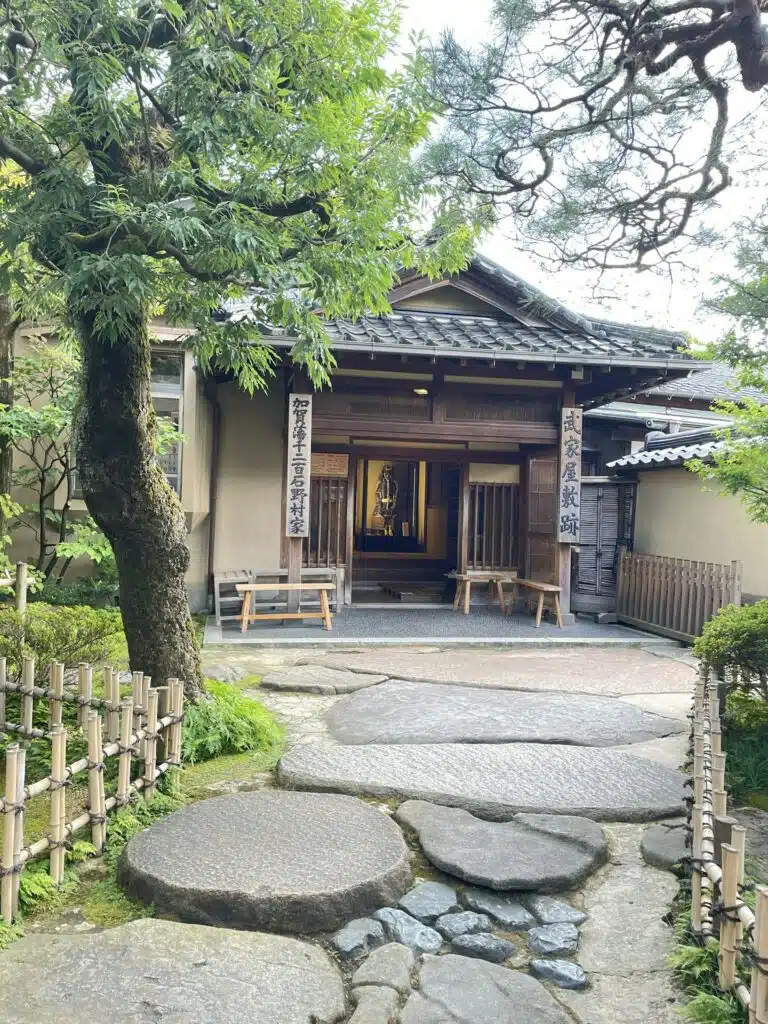
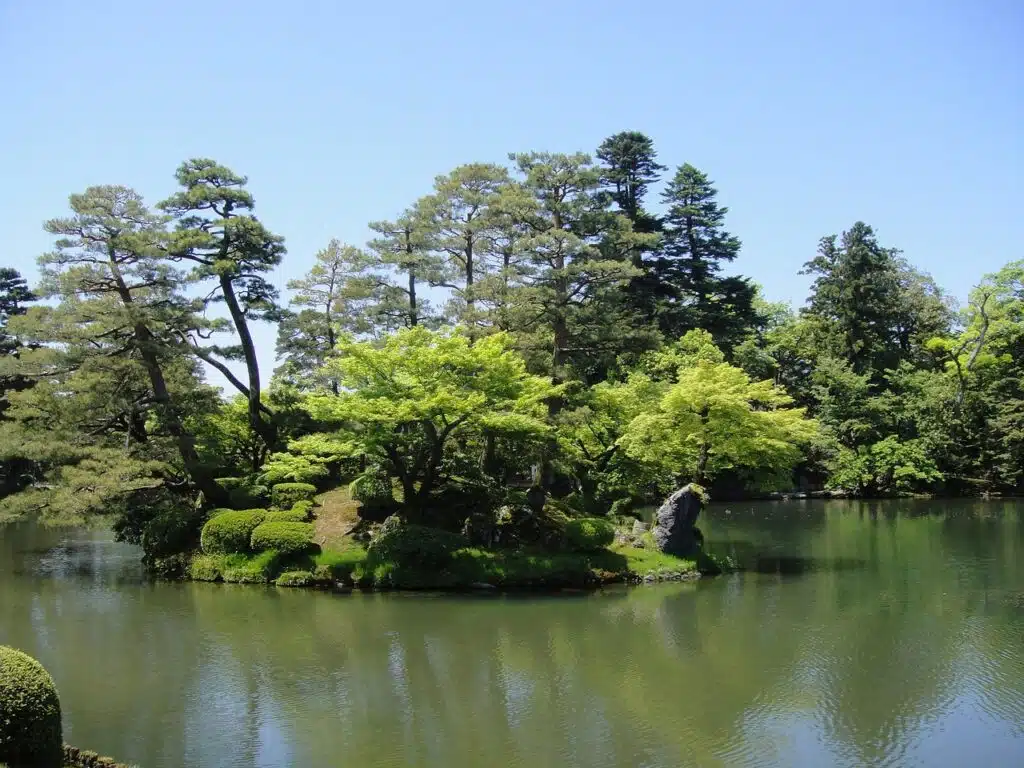
Shirakawa-go and Gokayama
Shirakawa-go and Gokayama are UNESCO World Heritage sites located in the mountainous region between Gifu and Toyama Prefectures, known for their distinctive gassho-zukuri farmhouses. These traditional homes, characterized by their steep, thatched roofs resembling hands in prayer (gassho), were designed to withstand heavy snowfall and are a remarkable example of rural Japanese architecture. Visitors can explore the villages of Ogimachi in Shirakawa-go and Ainokura or Suganuma in Gokayama, each offering a glimpse into Japan’s rural heritage. The area is particularly picturesque in winter when the snow-covered thatched roofs create a fairy-tale-like landscape.
Shirakawa-go is more accessible and popular with tourists, while Gokayama remains more secluded, offering a quieter, more intimate experience. Staying overnight in a gassho-zukuri farmhouse allows visitors to fully immerse themselves in the traditional lifestyle. For the best experience, visit the observatories in Ogimachi or Ainokura to capture panoramic views of the villages nestled in the mountains.
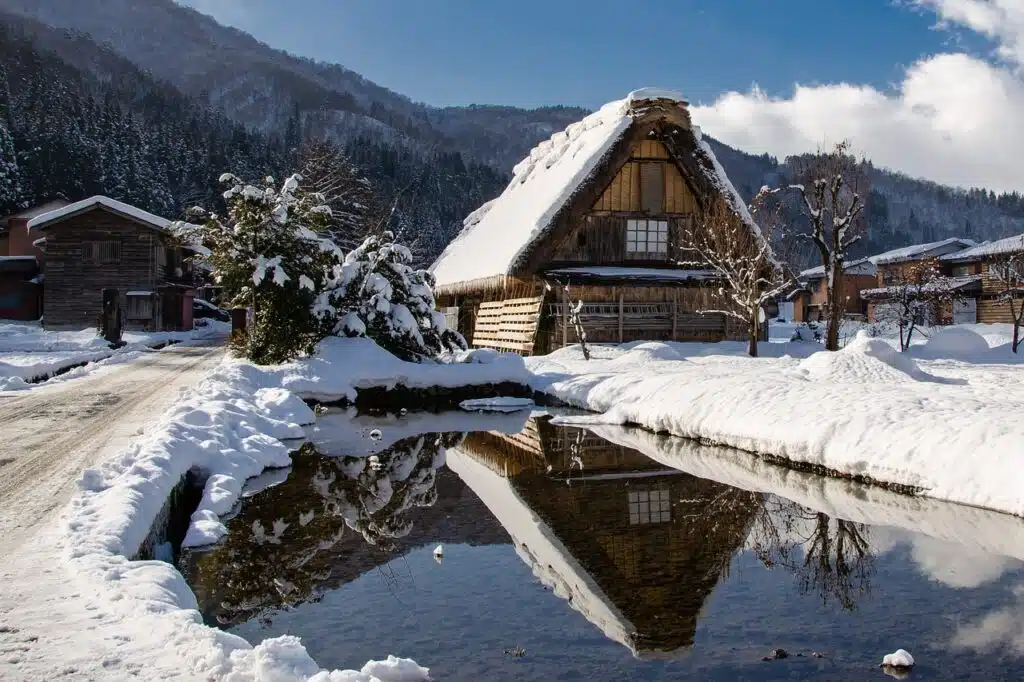
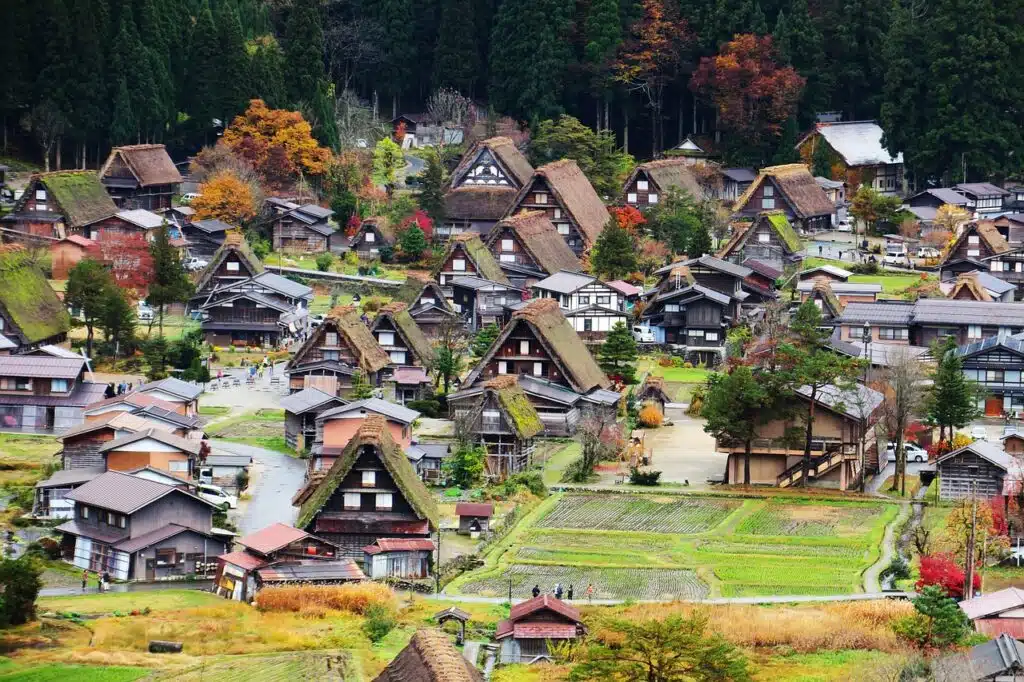
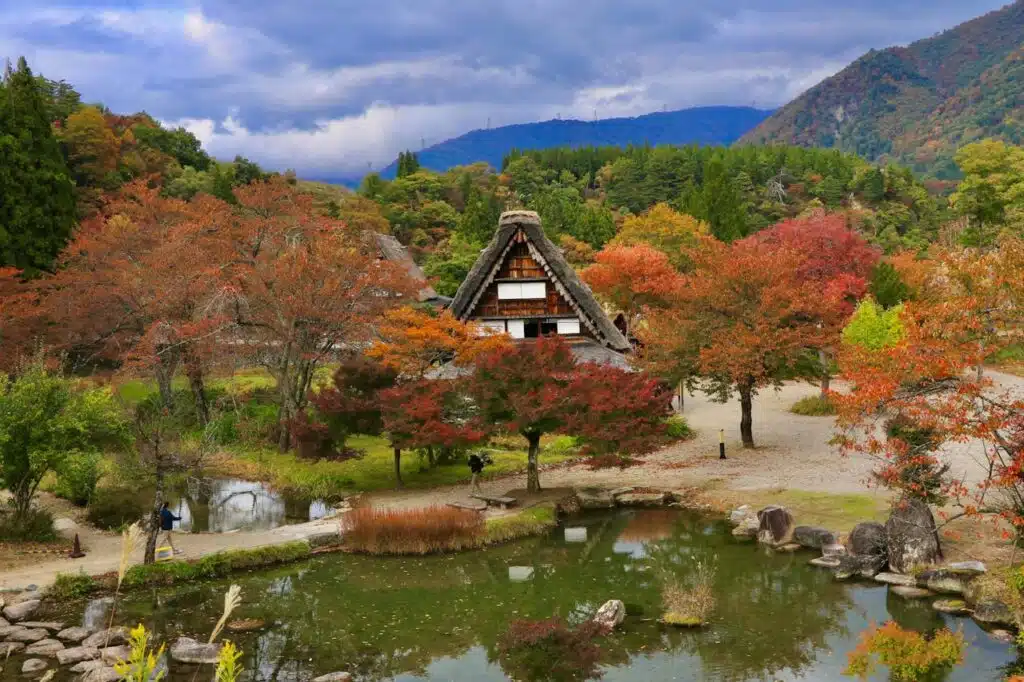
Tips for Visiting Kanazawa
- Best Time to Visit: Spring and autumn are ideal times to visit for cherry blossoms or fall foliage, especially in Kenrokuen Garden. Winter brings fewer crowds and a magical snowy landscape.
- Stay in a Ryokan: Enhance your experience by staying in a traditional Japanese inn (ryokan), where you can enjoy local hospitality, onsen baths, and seasonal kaiseki cuisine.
- Public Transportation: Kanazawa is compact and walkable, but buses and bicycles are available for longer distances. The Kanazawa Loop Bus is convenient for visiting major attractions.
- Tea Ceremony: Experience a traditional tea ceremony at one of the teahouses in the Higashi Chaya District or Kenrokuen Garden to get a deeper sense of Japanese culture.
- Buy a Combined Ticket: If you’re visiting multiple sites like Kenrokuen Garden and Kanazawa Castle, consider purchasing a combined ticket to save money.
- Omicho Market Tips: Arrive early for the freshest seafood, and try local specialties like kaisen-don (seafood rice bowl). The market can get crowded around lunchtime, so plan accordingly.
- Cultural Etiquette: When visiting traditional districts, be mindful of the locals. Some areas, like private homes in the Nagamachi Samurai District, are residential, so avoid being too loud or intrusive.
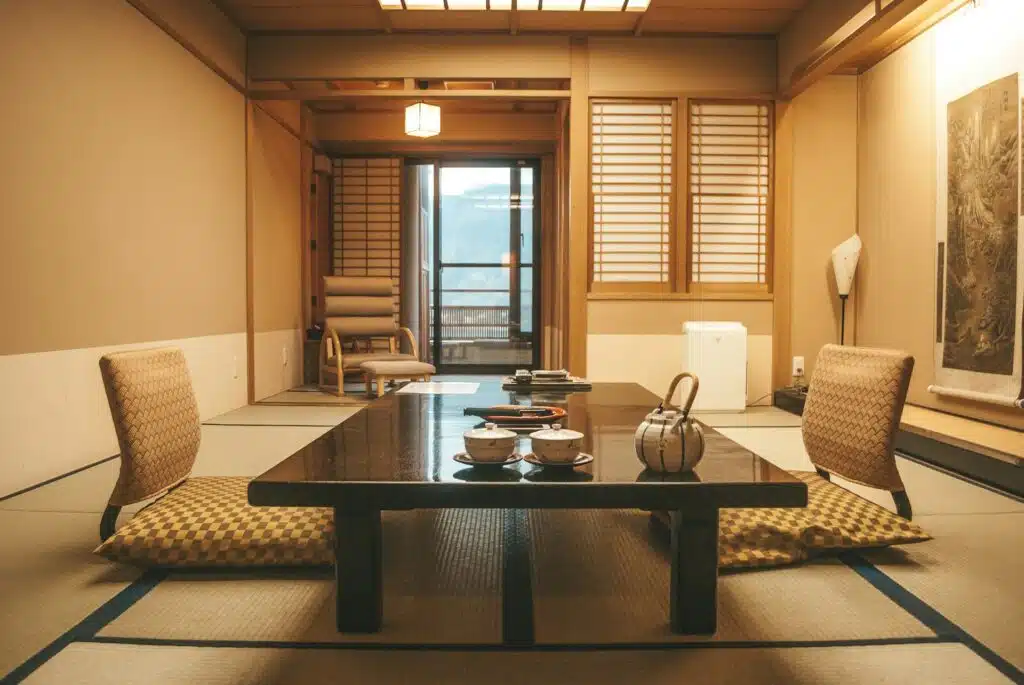
Tips for Visiting Shirakawa-go and Gokayama
- Best Time to Visit: Winter is especially magical, with the villages covered in snow. Summer and autumn are also lovely, with lush greenery or colorful foliage.
- Stay Overnight: To truly experience the charm of these villages, consider staying overnight in a gassho-zukuri farmhouse, many of which offer traditional meals and cozy accommodations.
- Getting There: From Kanazawa or Takayama, direct buses run to Shirakawa-go. For Gokayama, a transfer may be needed, but it’s worth the extra effort for a quieter experience.
- Book Early: If you plan to visit during the winter illumination events or stay in one of the traditional houses, be sure to book well in advance as accommodations fill quickly.
- Explore on Foot: Take your time exploring the villages on foot. The narrow lanes and traditional structures offer a peaceful retreat into Japan’s rural history.
Getting There
Kanazawa is easily accessible via the Hokuriku Shinkansen from Tokyo (about 2.5 hours). It’s also a convenient stop between Tokyo and Kyoto.
Why Visit Kanazawa?
Kanazawa offers a serene, immersive experience into Japan’s historical and cultural past, combined with modern art and cuisine. With its stunning garden, samurai district, and unique atmosphere, it’s a hidden gem for those seeking to explore beyond the usual tourist path.

